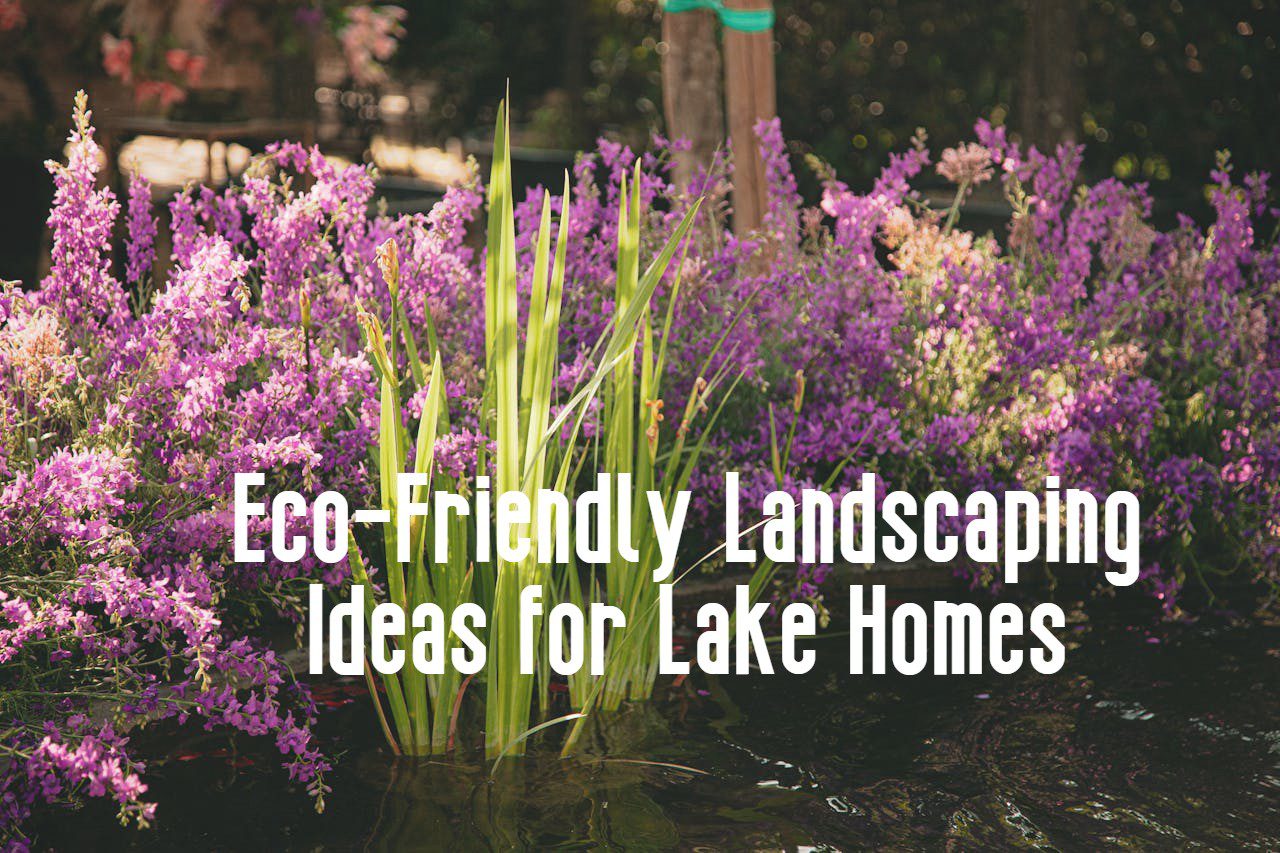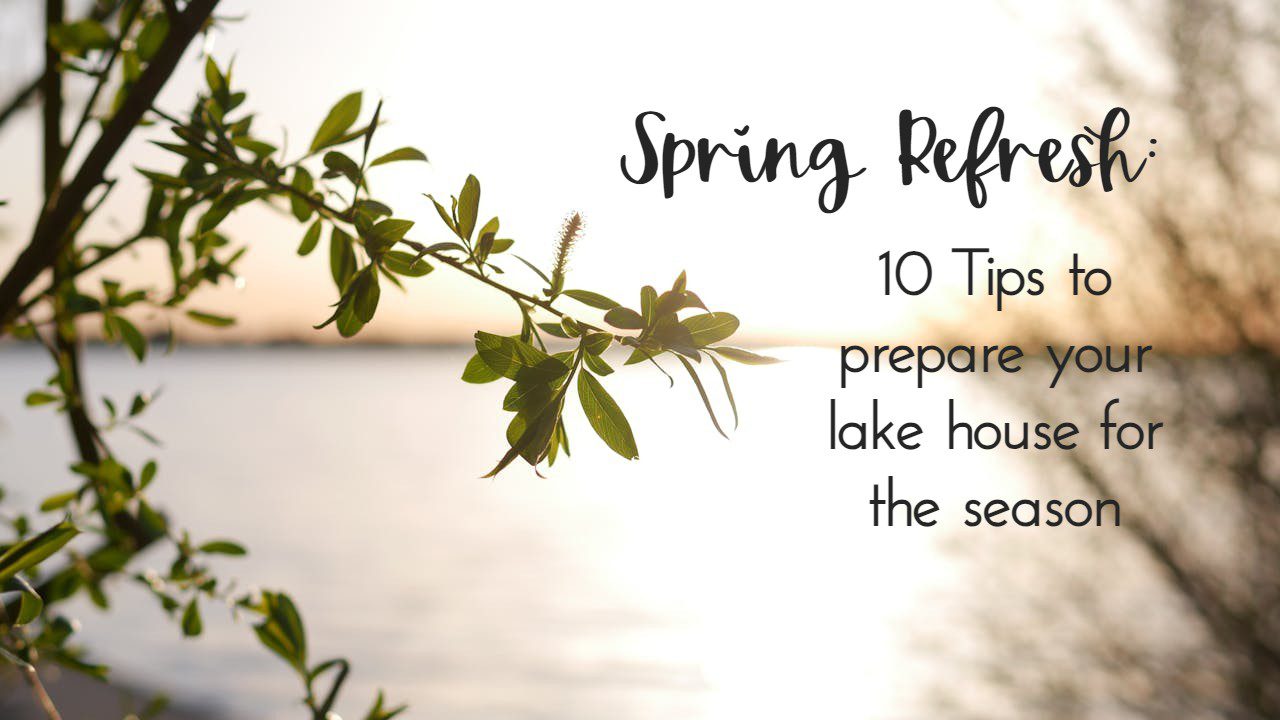Eco-Friendly Landscaping Ideas for Lake Homes

Living by a lake offers unparalleled beauty and tranquility, but it also comes with a responsibility to protect the surrounding environment. Eco-friendly landscaping not only enhances the aesthetic appeal of your lakefront property but also plays a crucial role in maintaining the health of the lake ecosystem. Here are some sustainable landscaping tips to help you create a beautiful, eco-conscious lakeside retreat.
1. Native Plants and Trees
One of the most effective ways to create an eco-friendly landscape is by using native plants and trees. These species are well-adapted to the local climate and soil conditions, requiring less water and maintenance than non-native varieties. Native plants also provide essential habitat and food for local wildlife, including birds, butterflies, and pollinators.
Tips:
- Consult with local nurseries or extension services to identify the best native plants for your area.
- Consider incorporating a mix of trees, shrubs, and perennials to create a diverse and resilient landscape.
2. Rain Gardens
Rain gardens are shallow, planted depressions designed to capture and filter rainwater runoff from roofs, driveways, and other impervious surfaces. By slowing down and absorbing runoff, rain gardens help reduce erosion and prevent pollutants from reaching the lake.
Tips:
- Choose hardy, water-tolerant plants for your rain garden, such as sedges, ferns, and swamp milkweed.
- Position your rain garden at least 10 feet away from your home’s foundation to avoid water seepage.
3. Buffer Zones
Establishing a buffer zone of native vegetation along the shoreline is critical for protecting the lake environment. Buffer zones help filter out pollutants, reduce erosion, and provide habitat for wildlife.
Tips:
- Avoid mowing right up to the water’s edge; instead, allow a natural buffer of at least 10 to 20 feet.
- Use a variety of plants with different root depths to stabilize the soil and enhance filtration.
4. Permeable Hardscapes
Traditional hardscape materials like concrete and asphalt can contribute to runoff and erosion. Instead, opt for permeable materials that allow water to infiltrate the soil, such as gravel, permeable pavers, or natural stone.
Tips:
- When installing pathways, patios, or driveways, ensure that the base layers are properly prepared to support permeability.
- Consider using reclaimed or recycled materials for a more sustainable approach.
5. Efficient Irrigation
Water conservation is a key aspect of eco-friendly landscaping. Efficient irrigation systems help reduce water waste and protect the lake from excess runoff.
Tips:
- Install drip irrigation or soaker hoses to deliver water directly to the plant roots, minimizing evaporation.
- Use rain barrels to collect and store rainwater for irrigation purposes.
6. Natural Lawn Care
Traditional lawn care practices often involve chemical fertilizers and pesticides that can run off into the lake, harming aquatic life. Embrace natural lawn care techniques to keep your lawn healthy and safe for the environment.
Tips:
- Choose organic fertilizers and pest control methods to minimize chemical use.
- Maintain your lawn at a higher mowing height (3 inches or more) to promote deeper root growth and drought resistance.
7. Wildlife-Friendly Features
Creating a habitat for local wildlife enhances the ecological value of your property and provides endless opportunities for nature observation.
Tips:
- Install bird feeders, bat houses, and butterfly gardens to attract beneficial species.
- Incorporate dead trees or logs into your landscape as shelter for small animals and insects.
Conclusion
Eco-friendly landscaping is a rewarding way to enhance the beauty of your lake home while safeguarding the lake environment. By choosing native plants, creating buffer zones, and employing sustainable practices, you can enjoy a stunning landscape that supports biodiversity and promotes environmental health. Embrace these tips to create a harmonious and sustainable lakeside haven that you and future generations can cherish.






